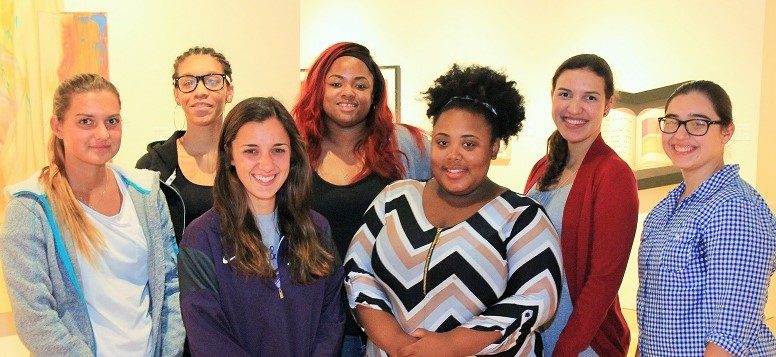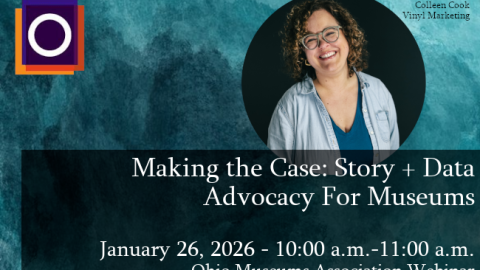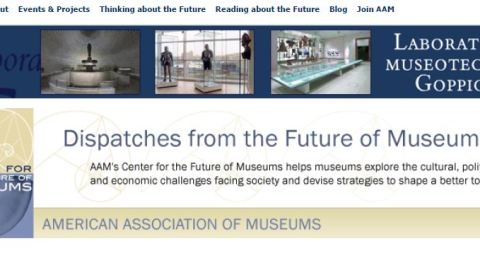
Detrice Roberts is a graduate student, pursuing her M.A. in History from Jackson State University.
 Everyone has a muse – a source of inspiration. It’s what awakens inner beauty and arouses the artist within. Merriam-Webster defines art as a “skill acquired by experience, study, or observation.” But even if you’ve never put paintbrush to canvas, pen to paper, or needle to fabric, you have an inner artist. Art is self-expression; the way we communicate with the world. It crosses barriers of language and nationality and dialect. I have experience working with a variety of art forms, but it was not until recently that I was introduced to my muse.
Everyone has a muse – a source of inspiration. It’s what awakens inner beauty and arouses the artist within. Merriam-Webster defines art as a “skill acquired by experience, study, or observation.” But even if you’ve never put paintbrush to canvas, pen to paper, or needle to fabric, you have an inner artist. Art is self-expression; the way we communicate with the world. It crosses barriers of language and nationality and dialect. I have experience working with a variety of art forms, but it was not until recently that I was introduced to my muse.
When I signed up to be a Teaching Fellow with the Mississippi Museum of Art, I didn’t know what to expect. Although I have visited many museums, I had my reservations about the fellowship. The stereotypical image of museums is a place of prestige that condemns whimsical behavior. But the museum’s impervious reputation is only that, as I’m reminded by Rolfe and Fuller, authors of Murder in the Glass Room (1946), who first proclaimed that “You can never tell a book by its cover.” We all wrongly judge things at times. I have over fifteen hours of art disciplinary training, have sculptures on display within the Tougaloo College art gallery, and have sold several paintings, but I – like so many – had improperly judged what I expected from this experience. I learned more about perception in my first few weeks working at the museum than I have my entire life. An article that we read by Caroline Jones, entitled “The Painting in the Attic”, made me reflect on the concept of perception. The articles states that “interpretation always belongs to its present…”, which is like saying that beauty is in the eye of the beholder. As we apply this idea of perception to preserving history, repurposing the culture around us, and unveiling hidden figures and truths of the world, one must stop and wonder – when will we break down the stereotypes that separate society from being “free” while visiting a museum?
Working at the museum teaches me the importance of interacting with art; I am seeing just how much you can learn about a piece of art and the artist by simply taking a closer look. When I give a tour, I set the tone for my audience to free their minds so that they are open to what they see. The great thing about facilitating a tour is that I can steer my audience in a particular direction. I start my tours by providing my group with a theme or dimension to focus on, which leads to further discussion and allows us to glimpse what inspires an individual artist.

Not everyone loves art, but as a Teaching Fellow, I’m empowered to translate my love of art to my audience. They don’t have to pledge undying love to art in order to appreciate museums. Each of the Teaching Fellows has different interests and disciplines, which allows us to learn from one another and help one another to see things from new perspectives. That’s the great thing about perception; it gives us the power to control how we interpret the things around us. Entering the experience, I looked at an artwork from a historian’s perspective, constantly debating on the historical components within a work. But the Fellowship helped me to understand art on a deeper level. I dropped the stereotypes and became comfortable within the museum space. History is my life, life is my canvas, the museum is my muse, and my level of success is my artwork. We must all strive to educate others on the importance of the arts in learning, and that includes collaborating with museums. The love and appreciation I’ve gained for art inspires me to strive to save artworks that go abandoned, discarded to the “burn pile,” because to see a work of art destroyed, no matter its condition, is like erasing a piece of history.
We must break the silence so that we can allow our inner artist to find its muse. The Mississippi Museum of Art is not a place that condemns creative exploration or critical thinking. Instead, we welcome it, with the hope that the museum can become a place where people from all walks of life are able to connect with something more. You never know where you will find your muse.
You can reach Detrice on Twitter @AKleverAppeal, Instagram @delightful_allure, and Facebook @ Detrice L Roberts.
About the Author
Detrice L. Roberts, was born and raised on the Southside of Chicago. She attended John Hope College Preparatory High School, where she graduated at the top of her class. She went on to attend the Historic Tougaloo College, where she was a partial presidential scholar, Poetic Laureate, Miss Pre-Law and a three-year WATAC Scholar recipient. While at Tougaloo, Detrice was a member of the NAACP, Unconsciously Creative People organization, Pre-Alumni Council, Pre-Law Society, and served two and a half years as president of Alpha Kappa Alpha Sorority, Incorporated, Gamma Omicron Chapter. Currently, Detrice is working on her Master degree in History at Jackson State University, where she also serves as a Teaching Assistant for the Art department and is also the director of Creative Arts for upGrade Mississippi a non-profit organization. Detrice believes and lives by the idea that, “the only way to find yourself is to lose yourself in the service of others,” so she has dedicated her life to giving to others.
Brought to you by Sage Xaxua Morgan-Hubbard, the American Alliance of Museums’ Ford W. Bell Fellow for Museums and P-12 Education.






Thanks for sharing! Breaking down those perceptions about museums being stuffy places is among our greatest challenges. Your generation is key to helping educate visitors and those who have yet to discover us.
You are absolutely right. The museum is a great place that offers the opportunity to open our thoughts to expand our thinking.